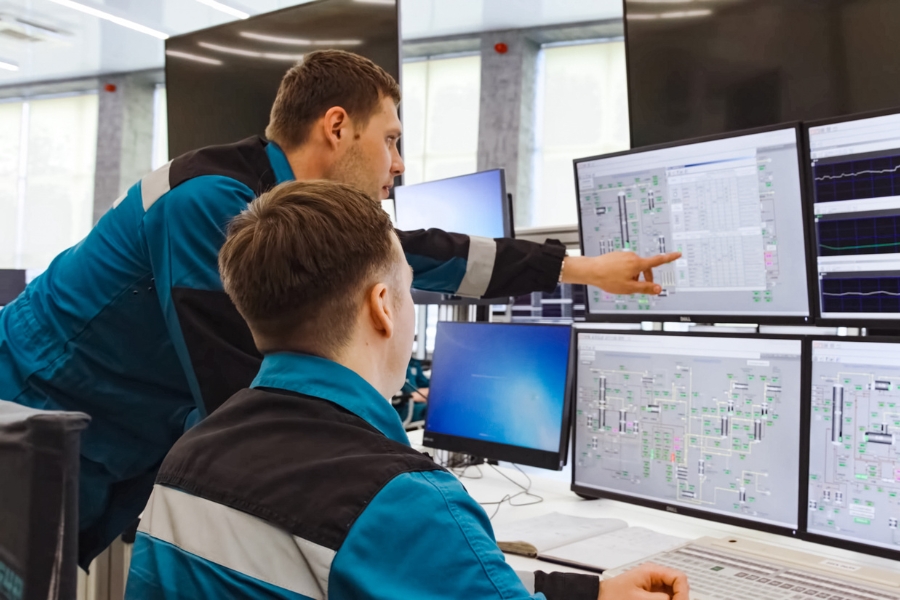In a world driven by technology, IT support is no longer a luxury—it’s a necessity. Businesses rely on efficient IT systems to maintain productivity and customer satisfaction. At the core of this efficiency are L1 (Level 1) and L2 (Level 2) support, two crucial tiers of technical assistance that ensure issues are resolved quickly and effectively.
What Is L1 IT Support?
L1 support acts as the frontline of IT troubleshooting, handling incoming inquiries and resolving straightforward issues. These professionals are often the first contact users have with IT support, making customer service skills a critical part of their role.
Common Responsibilities of L1 Support:
- Addressing basic IT issues such as login problems, software installations, or printer malfunctions.
- Logging, categorizing, and prioritizing support tickets for efficient escalation.
- Providing quick fixes using predefined solutions or scripts.
- Escalating unresolved or complex issues to the L2 support team.
By addressing routine problems efficiently, L1 support minimizes disruptions and ensures higher-tier teams can focus on advanced challenges.
What Is L2 IT Support?
L2 support steps in when problems exceed the scope of L1 capabilities. These specialists have advanced technical skills and often work on more complex or systemic issues.
Core Functions of L2 Support:
- Handling hardware malfunctions, software bugs, and system configuration issues.
- Conducting in-depth diagnostics to identify and fix root causes of problems.
- Collaborating with external vendors or developers for specialized solutions.
- Updating L1 teams on recurring issues to enhance their troubleshooting capabilities.
L2 support ensures escalated problems are addressed thoroughly, reducing the likelihood of recurring incidents.
Key Differences Between L1 and L2 Support
| Aspect | L1 Support | L2 Support |
|---|---|---|
| Technical Knowledge | Basic understanding of IT systems | Advanced expertise in specialized areas |
| Issue Complexity | Resolves simple, routine problems | Handles complex, time-intensive issues |
| Tools Used | Standard troubleshooting scripts | Diagnostic tools, system logs, and analytics |
| Escalation Role | Escalates unresolved issues to L2 | May escalate critical problems to L3 |
Why L1 and L2 Support Are Essential for Businesses
Implementing a two-tiered IT support structure offers several advantages:
- Cost Efficiency: Resolving simple issues at the L1 level reduces the workload for highly skilled (and often more expensive) L2 technicians.
- Faster Resolution Times: L1 teams provide immediate assistance for common issues, ensuring quick fixes for users.
- Improved Expertise: L2 support focuses on resolving complex problems, ensuring higher system reliability.
- Customer Satisfaction: A streamlined escalation process ensures users feel supported and valued.
Tips for Enhancing L1 and L2 Support Efficiency
- Develop a Knowledge Base: Provide L1 teams with detailed documentation to handle routine problems independently.
- Invest in Training: Equip both L1 and L2 teams with ongoing training to keep up with evolving technologies.
- Automate Ticketing: Use automation tools to route support tickets to the appropriate team based on issue complexity.
- Encourage Collaboration: Foster open communication between L1 and L2 teams to share insights and streamline escalations.
- Analyze Metrics: Monitor resolution times, ticket volumes, and customer feedback to continuously improve your support system.
Real-Life Example: The Power of L1 and L2 Collaboration
Imagine a retail company experiencing frequent network outages.
- L1 Support: The team initially identifies patterns in the reported issues, such as specific times or locations affected. They escalate the ticket to L2 with detailed observations.
- L2 Support: Using these insights, L2 investigates the root cause, discovering a configuration error in the network router. They resolve the issue and update L1 with preventative steps.
This synergy between L1 and L2 ensures not only resolution but also prevention of future outages.
Conclusion
L1 and L2 IT support form the backbone of a well-functioning technical assistance system. Together, they ensure users receive fast, effective help while keeping businesses running smoothly. By optimizing these roles and fostering collaboration, companies can improve efficiency, reduce costs, and enhance user satisfaction.
Is your business leveraging L1 and L2 support to its full potential? It might be time to rethink your strategy and maximize the benefits of a tiered IT support system.





